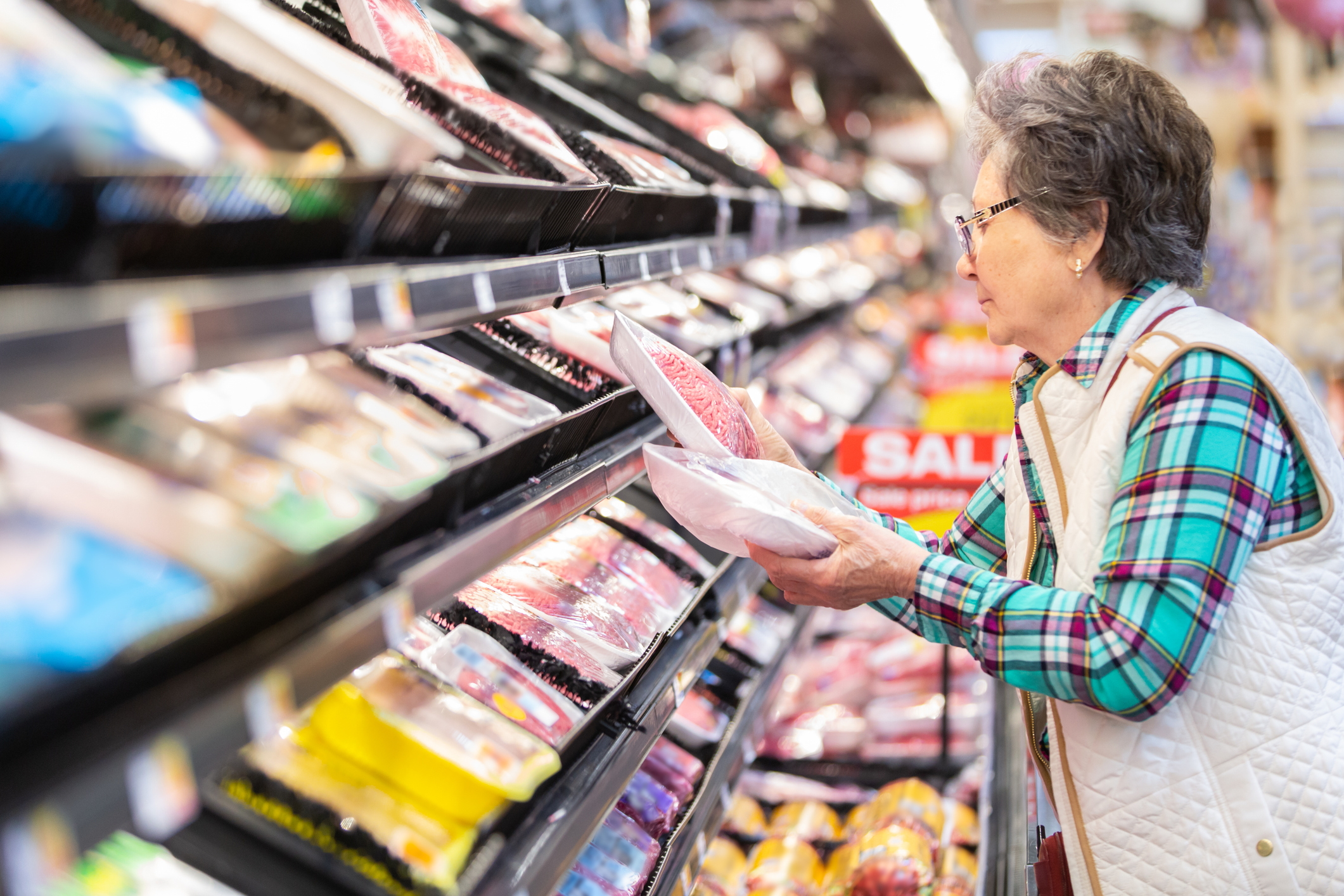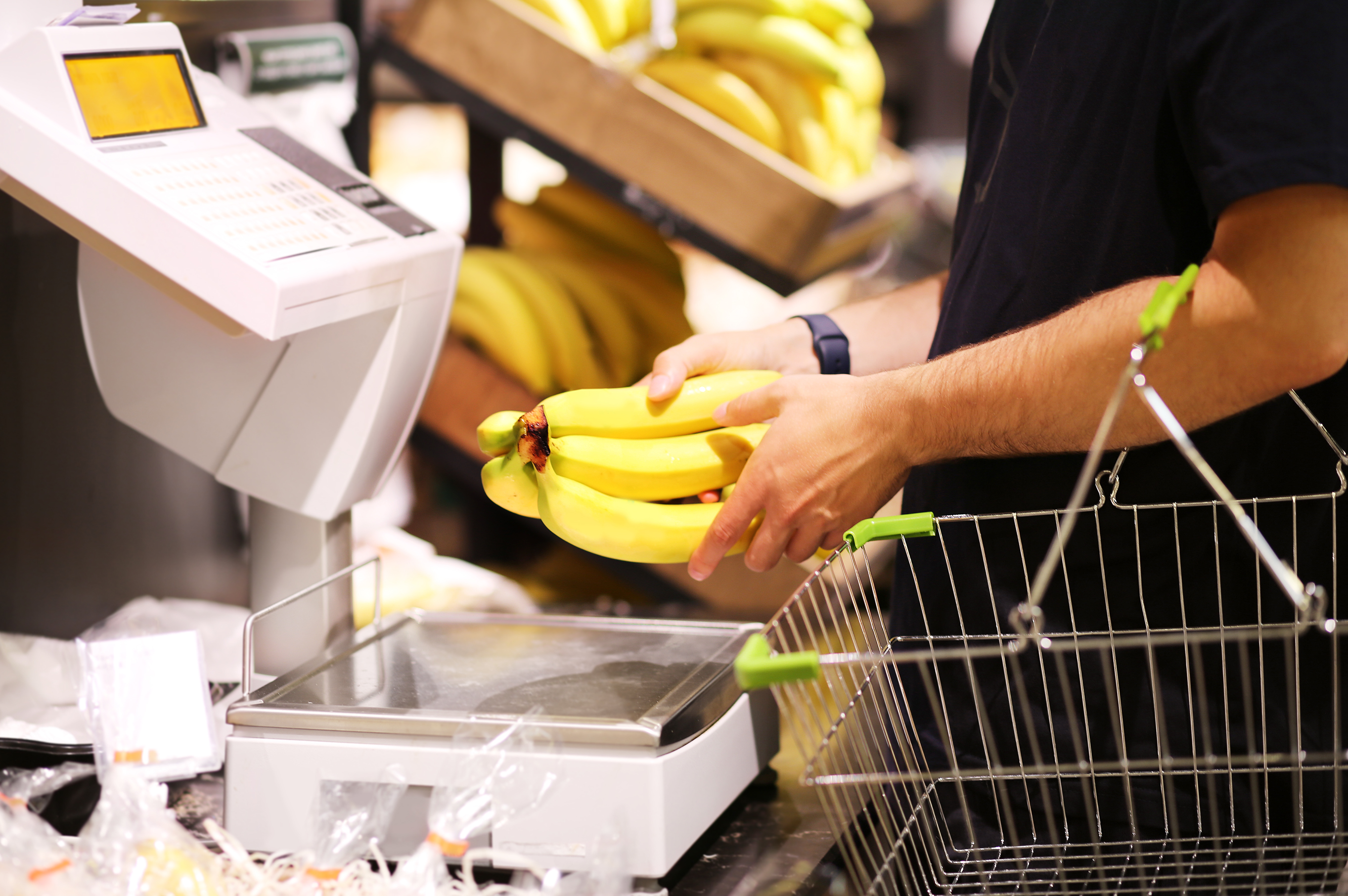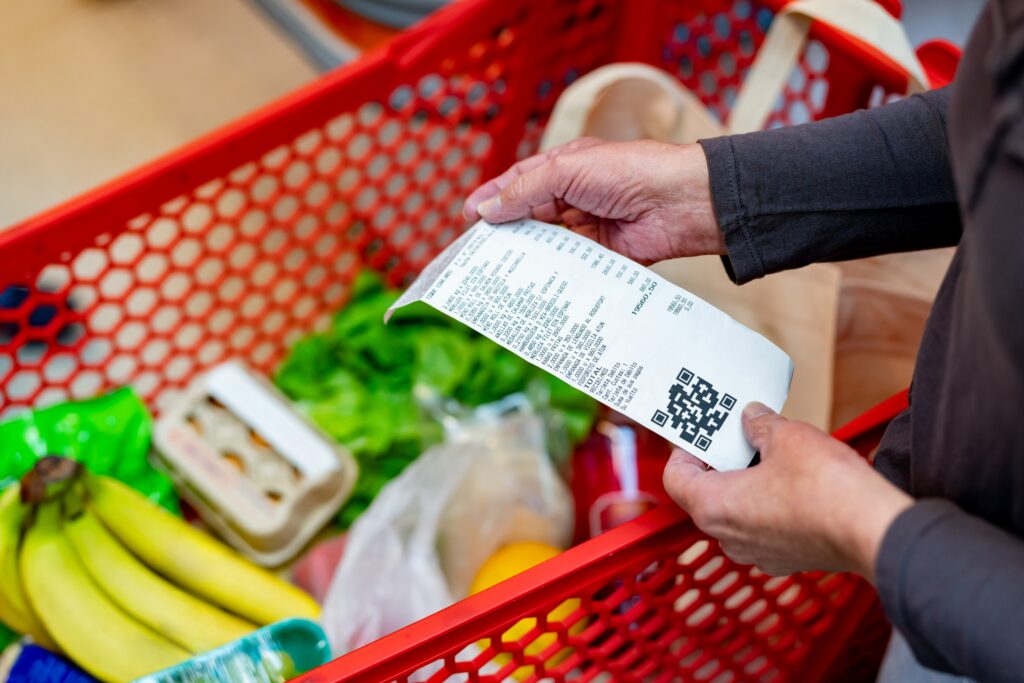If you’re exhausted by high grocery prices, you’re not alone. Overall, food prices have surged 31% since 2019. While inflation has steadied somewhat, rising 2.4% year-over-year in June, that really only means your already-high grocery bill is getting higher — just at a slower pace.
When you zoom in on specific items, the story is more complicated. Overall food inflation might be dipping closer to the Federal Reserve’s 2% target, but certain goods are still seeing double-digit inflation. According to the latest CPI data from the Bureau of Labor Statistics, egg prices are up 27.3% year-over-year, while coffee and ground beef are up 16.3% and 10.3%, respectively.
Rates are expected to be held steady at the July Federal Reserve meeting, which ends Wednesday.
Sign up for Kiplinger’s Free E-Newsletters
Profit and prosper with the best of expert advice on investing, taxes, retirement, personal finance and more – straight to your e-mail.
Profit and prosper with the best of expert advice – straight to your e-mail.
Now, you might be wondering if there’s any hope for an upcoming cut in the federal funds rate, and if a cut would bring grocery prices down. Here’s a breakdown of the relationship between interest rates and food prices, along with a more in-depth look at why prices are so high and the future outlook for your grocery bill.
Does the federal interest rate impact grocery prices?
What impact, if any, federal interest rates have on grocery prices is tricky to pinpoint. The basic principle behind how the Federal Reserve works is that interest rates control the money supply. When rates are high, money is expensive to borrow, so consumers tighten their belts in an effort to spend only the cash they have on hand and avoid using credit or taking out major loans. When rates are low, the opposite happens.
In theory, then, high interest rates should curb inflation by decreasing demand as consumers spend less. In reality, the actual impact the federal funds rate has on inflation varies depending on the market you’re talking about and the underlying causes of inflation.

(Image credit: Getty Images)
In the case of groceries, the impact is, at best, subtle and indirect. No matter how expensive money is to borrow and no matter how high grocery prices get, people need to eat. While there are ways to save on groceries by shopping sales or opting for generic alternatives to name-brand products, there’s only so much cost-cutting you can do here because you still have to eat.
That’s led to a somewhat disturbing trend of more and more shoppers turning to buy now, pay later (BNPL) apps and services like Klarna or AfterPay to finance their grocery purchases. A recent LendingTree survey found that 25% of BNPL users are using the short-term loans to pay for groceries, citing the need to “bridge” the gap from one paycheck to the next.
On the business side, interest rates could indirectly affect grocery prices by raising the cost of the money retailers use to pay for inventory. If retailers are hit with higher interest rates on loans and credit used to keep shelves stocked, they may pass some of those higher costs on to you. But calculating just how much of today’s sky-high grocery prices are the result of higher borrowing costs isn’t straightforward and will vary from one retailer to the next.
To whatever extent higher borrowing costs are inflating grocery prices, a rate cut might help bring your bill down, assuming retailers choose to pass those savings on to you.
Why are groceries so much more expensive?
Even if interest rates are partly to blame for rising grocery prices, other factors have had a much bigger impact on your bill.
It’s also important to keep in mind that while the federal funds rate can impact grocery prices, grocery prices also impact the federal funds rate. The Fed looks to prices and inflation to decide what to do to best help the economy. For example, they raised interest rates in the wake of the pandemic because prices were high.

(Image credit: Getty Images)
With that in mind, here are some of the key drivers of past and future inflation on your grocery bill:
- Supply chain disruptions. The pandemic broke down already weak supply chains, creating shortages and sending prices soaring faster than they had since 1979. While things have since stabilized, an FTC report published last year found that retailers have kept their prices high despite no longer facing those same supply chain issues.
- Extreme weather. As the climate warms, searing heat and more frequent natural disasters are decimating crops worldwide. This can create a ripple effect of shortages, impacting not just the cost of that produce item, but any of the packaged foods that use that ingredient.
- Tariffs. It’s hard to keep track of what’s going on with President Donald Trump’s tariffs. But, so far, shoppers have already seen costs go up on certain specialty foods like coffee, chocolate and produce that can’t be grown in the United States. Depending on where trade negotiations end up, more foods could see tariff-related price increases or the ones already facing tariffs could become even more expensive.
- Farm worker shortages. One side effect of the Trump administration’s immigration crackdown is a shortage of farm workers in the United States. According to the USDA, 42% of farmworkers are undocumented immigrants. With many either deported, detained or too scared to show up to work, crops are going unharvested. This will lead to a combination of food shortages and more dependence on imported crops (which may carry tariffs).
How to save on groceries

(Image credit: Getty Images)
You might not have much control over macroeconomic policy or global weather patterns, but there are simple strategies you can use to counteract those soaring grocery bills.
Here are some of the most effective methods to try:
- Join your grocery store’s loyalty program. These are often free to join and come with special deals and early alerts to upcoming discounts.
- Use cash back cards with elevated rates for groceries. While no credit card offers enough cash back to make up for the 31% inflation in grocery prices since 2019, some have surprisingly generous rewards, especially on groceries. Earning those rewards helps put some of that money back in your pocket. See our best cash back credit cards of 2025.
- Take advantage of deals to stock up on non-perishable items. If your favorite shelf-stable foods or household essentials are on sale, stock up. Just make sure not to stock up more than you can comfortably store at home.
- Plan meals with overlapping ingredients. You can often save by buying larger quantities of ingredients or at least minimize waste by using up what you’ve already bought. If you’re buying a pound of carrots for a recipe that only needs one, look for another recipe to use up the rest of that bag.
- Join a warehouse club to take advantage of bulk discounts. Costco or Sam’s Club are both known for everyday low prices on groceries and household essentials. If you haven’t already joined one, do your research and compare the perks and products offered by each. You should also check which one has a location closest to you.
Like everyone else who needs to eat, we’ll continue to keep an eye on grocery prices and look for ways to save, while remembering just how many factors go into the price of eggs.


